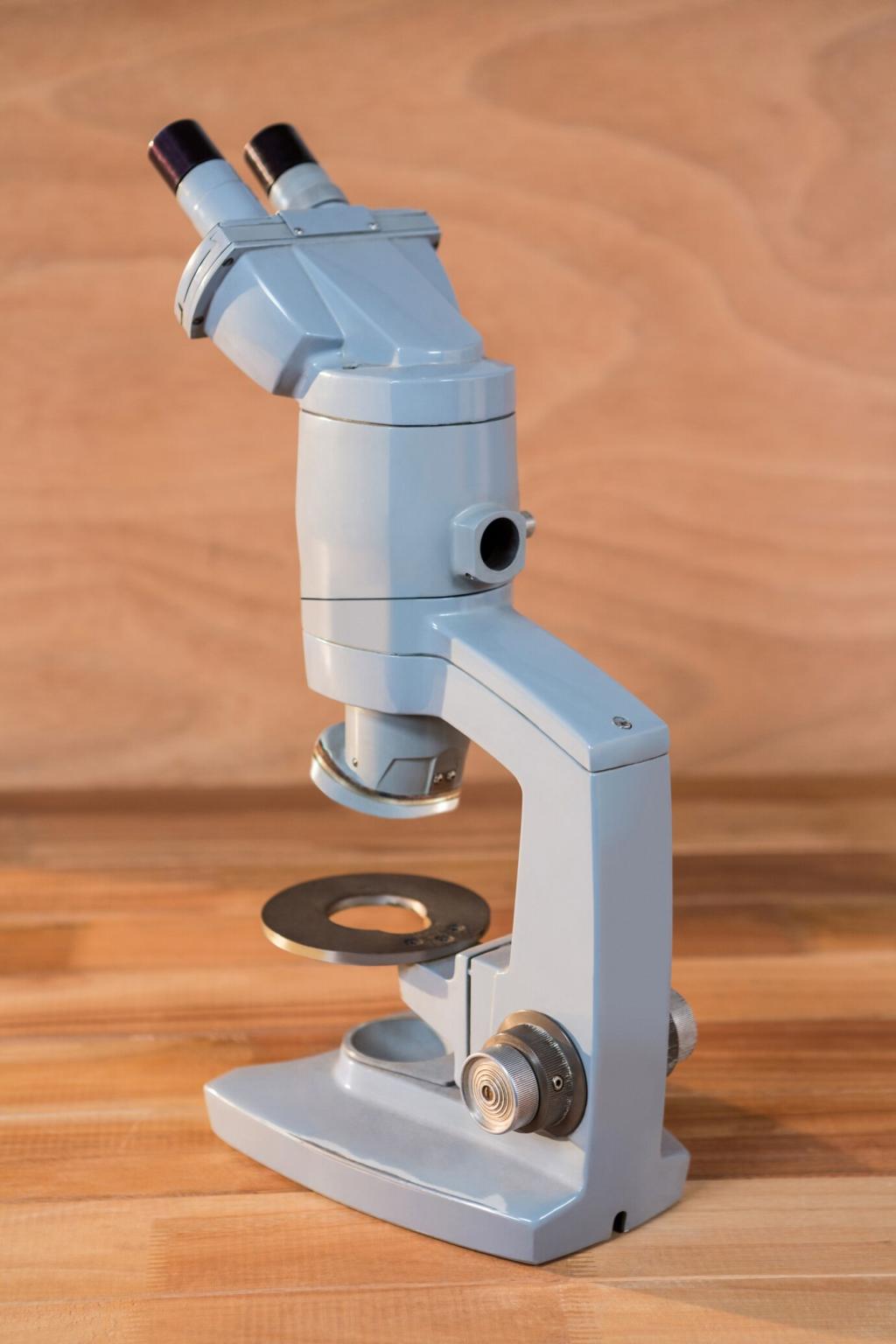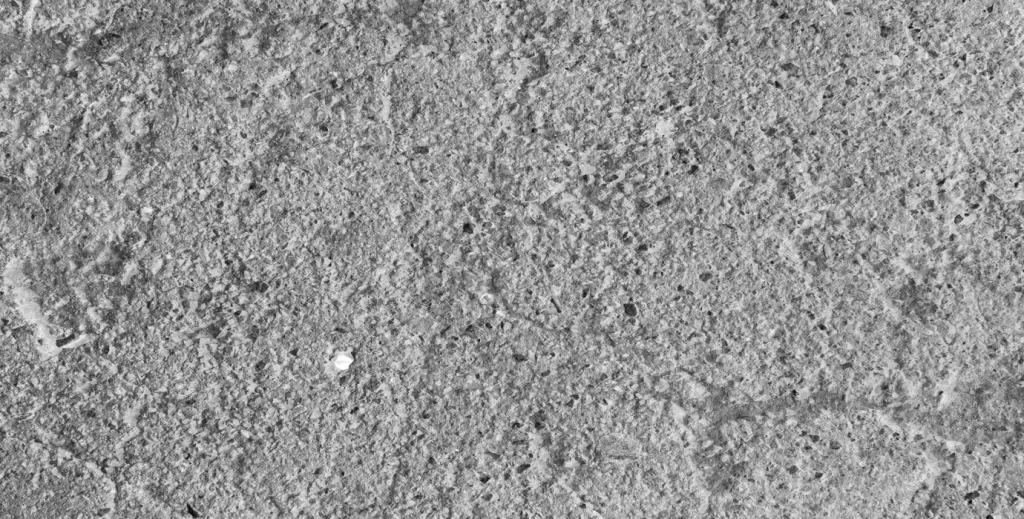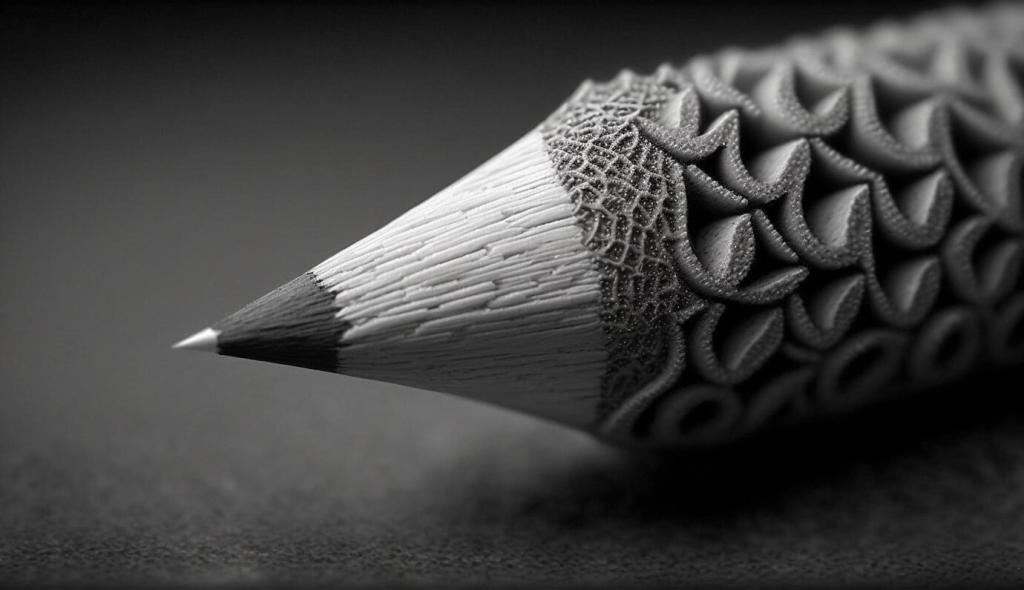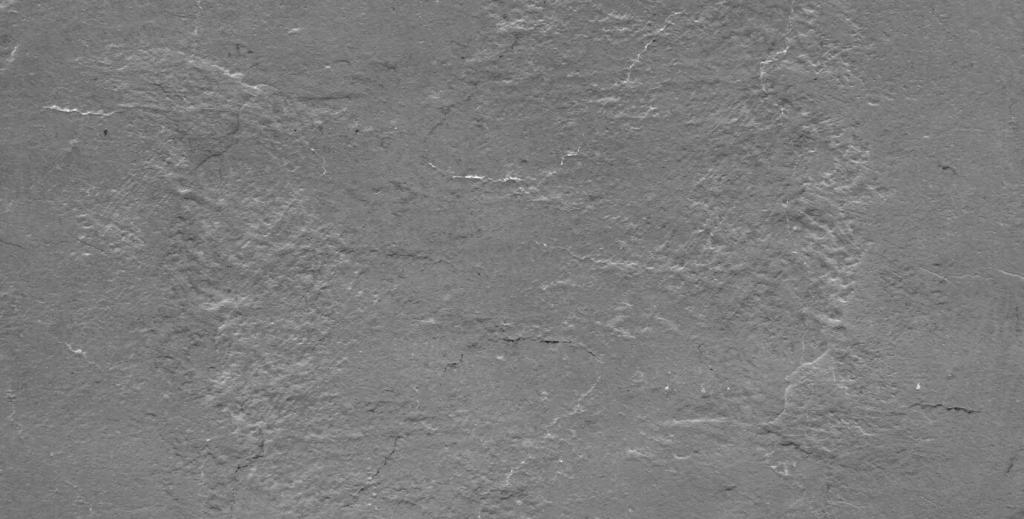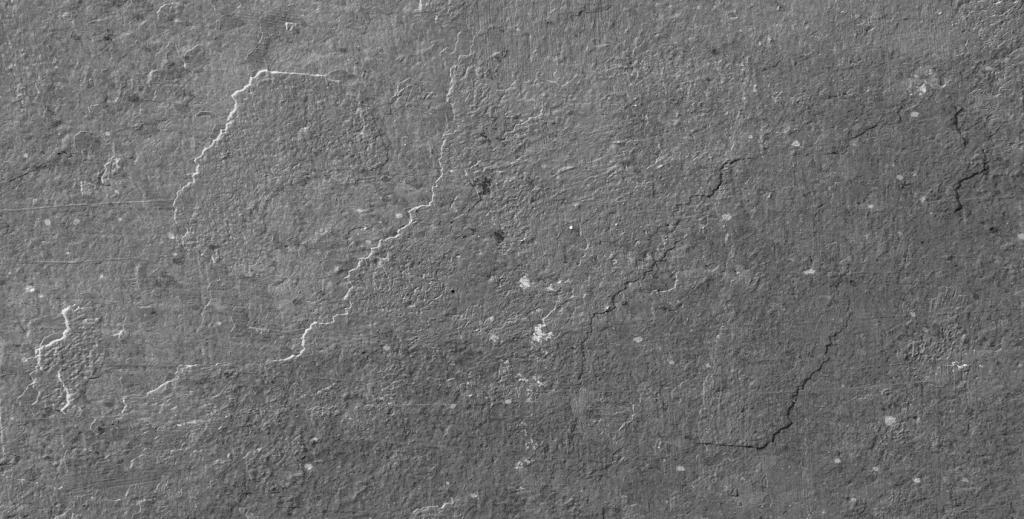At the Crossroads: From Gesture to Reduction
Standing before a Pollock or a de Kooning, you feel movement first; before a Judd stack, you feel pause. Minimalism did not shrink ambition; it redirected it, turning the viewer’s attention from the artist’s hand to the room’s hush, the body’s position, and the measured cadence of seeing.
At the Crossroads: From Gesture to Reduction
Think of Barnett Newman’s zips as bridges between worlds—emotional fields pared to a singular line—then step toward Donald Judd’s lucid stacks or Frank Stella’s early stripes. The conversation shifts from heroic gesture to the artwork’s presence, yet the intensity of looking remains, reshaped and re-asked.

